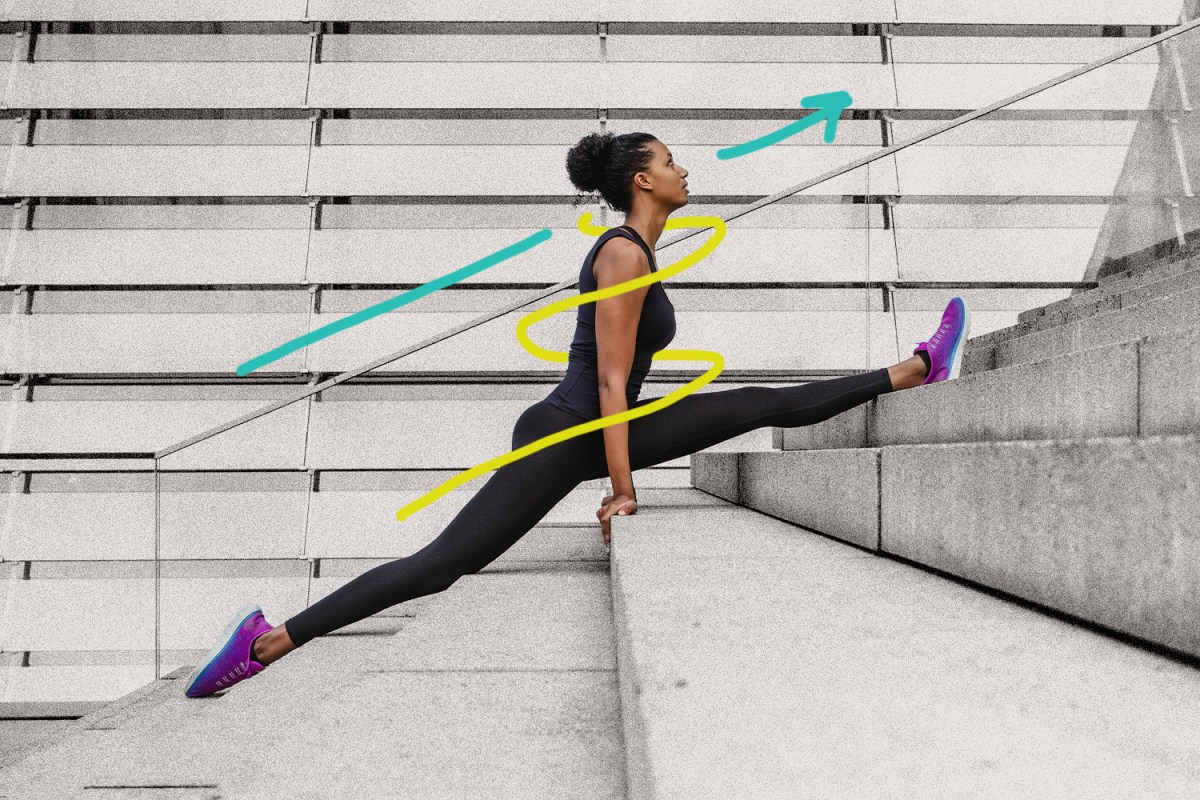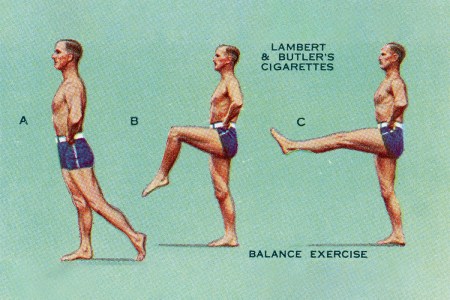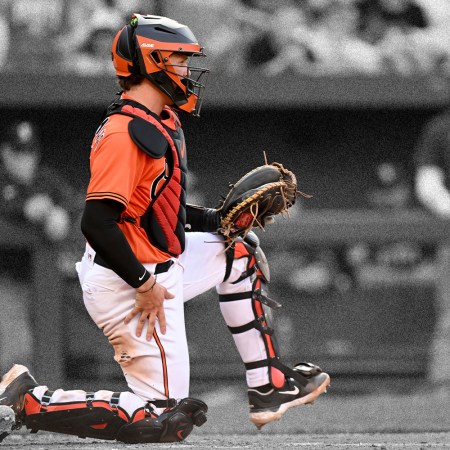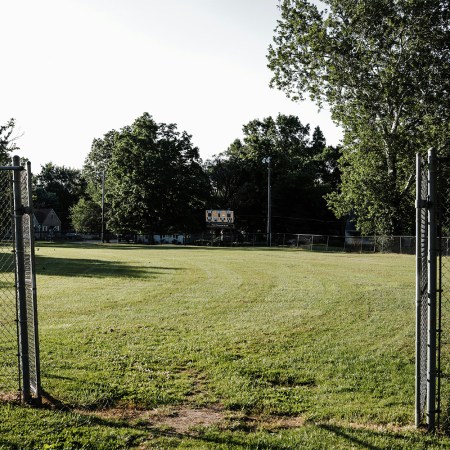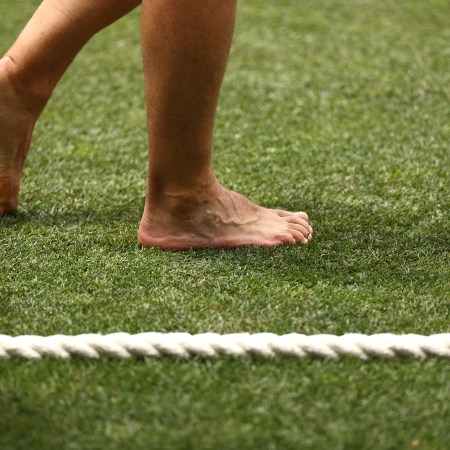To me, flexibility is a superpower. I’m amazed by all athletes, but watching a gymnast or cheerleader pull their leg above their head never gets old, and I always marvel at how limber even the burliest football players look on Hard Knocks. I know they have to be flexible for a living, but it doesn’t make me want to achieve that kind of elasticity any less.
Obviously the pandemic was a terrible time, but one thing improved for me tenfold: my fitness routine. Commuting in New York is already a drag, so schlepping all of my belongings to the office, then to the gym and home again was taxing and time consuming. But getting up and following a trainer online without the annoying crowds, shower lines and absurd price tags? I got fully on board and haven’t looked back since, save for the occasional studio workout date with a friend.
I started with Obé Fitness and moved on to Peloton after my husband bought a bike during the pandemic. While both platforms are excellent for fitness (my weight-training abilities and Pilates practice have both improved after making the move to home workouts), I don’t think that either is good for yoga. Although I’ve been practicing yoga for two decades, I’ve regressed in the last four years. While I haven’t been able to do a split in quite some time, my flexibility overall has decreased, making the pose seem more out of reach than ever. So I decided it was high time to try something new, ideally without going back to in-person classes.
A Yoga-Focused Platform
That’s where Alo Moves came in. We’re big fans of the brand’s clothing at InsideHook, but I had no idea they have a digital fitness platform. While you can do everything from running workouts to weight training, Alo Moves especially shines with its yoga programming. And to boot, they have a 28-day “Discover Your Splits” series that seemed like the ticket.
One of the first classes I took on Alo was Forward Bend and Free, a flow to help open the hamstrings and back. I was sore from a weight-training session, so it seemed like the perfect class to help aid recovery. But I came out of the class sorer than before. According to Alo Moves trainer and yoga instructor Christa Janine, the muscle fatigue from that previous workout probably prevented me from reaping the full benefits of that class.
“If your hamstrings were already tight and you were flowing through Bri’s class, it could have caused more contraction in the muscle group than you realized,” Janine told me. “Likewise, if you didn’t perform a warm-up prior to going into this class, that could have also caused the restriction you felt. I’d encourage you to do this class again, but maybe do a five or 10-minute leg warm-up before you begin. This will help get the muscles warm and ready for the class.” The conversation made me realize that even flexibility training sessions need a warm-up.
Strength → Splits
A year ago, I thought that maybe because I was getting more muscular, I was losing flexibility. And if you’re not mindful of stretching, of course your body can get stiff and tight. But in actuality, resistance training does not decrease flexibility, and in some cases, it can actually make your joints more mobile. Before I started the Discover Your Splits series, I asked Janine what else I could do to prepare my body for the challenge. I expected her to list a number of yoga or stretching classes, but she actually suggested working on strength to help me prepare.
“Focus on strengthening your hamstrings, glutes, hip flexors and core,” she said. “These muscle groups need to be strong and active when entering into your splits so you can find your fullest expression. I’d also encourage you to do lower body strength training that focuses on those muscle groups.”
15 Mobility Tests to Make Sure You’re Aging A-Okay
From trunk rotations to ankle flexes, these moves are quick, simple and free to try90 Days of Splits Drills
Many of the classes in the Discover Your Splits series are snackable, 10 to 15 minutes you can add to another workout or even use to move a little on a rest day. The 28-day program is divided like this: five shorter drill classes, one 30-ish minute flow and one rest day. This sequence repeats four times until you’re in the “Full Splits Flow” on day 27.
For the first month, I followed the series pretty religiously. While I couldn’t follow it exactly, I completed it in about 35 days. So, was I in the splits at the end? Not even close. But along with a weekly yoga class, I have been getting more flexible, slowly but surely.
I look back on this now and see it as progress, but it didn’t feel that way after the first month. Even though I’ve learned patience with achieving other types of fitness goals, flexibility seems to be the most frustrating, maybe because I put it on such a pedestal.
Obviously, other people struggle with flexibility, too — maybe because they simply weren’t born with it or maybe because they’re recovering from an injury. Either way, it takes time. “Don’t try to overdo it when you first begin your journey, and give yourself grace in the process,” Janine said. “If you go into it with expectations of starting where you left off, you will be disappointed and less likely to continue. I encourage you to stay consistent and stick with your training regimen, even on days you don’t want to. This is how you’re going to get back to, and likely surpass, where you were previously. Understand that depending on the other types of training you’re doing, some days your flexibility might not be as deep because your muscles are trying to recover.”
I dove back in for a second round. By this time, the holiday season had started, making it even more difficult to follow the series exactly — this time, it took me about two months to complete it. But something kind of amazing happened nonetheless. There are a lot of mental barriers in flexibility training. I realized that the more I was worrying about when I was actually going to achieve a full split, the more my muscles were gripping and unable to relax. I know it sounds hippy-dippy, but the minute I realized I was holding myself back by stressing about the progress was the minute I started getting more flexible.
A Life-Long Process
Some people I know can do the full splat in a straddle stretch without even trying. I’m still not in a full split, and that’s okay. But at the end of every post-workout stretch, I go as far as I can, telling myself that at the end of the day, long-term flexibility and mobility is the goal.
“Having a well-rounded fitness regimen when you’re younger will help you maintain mobility, bone density and strength as you grow older,” Janine said. “By incorporating different types of workout disciplines, you’re ensuring there isn’t a deficit in one aspect of your internal health over another. You teach the body’s systems to work in tandem, which allows for longevity and sustained independence in the future.”
After all, as I’ve heard many fitness instructors say over the years, “flexibility is as much of a superpower as strength.”
Whether you’re looking to get into shape, or just get out of a funk, The Charge has got you covered. Sign up for our new wellness newsletter today.
